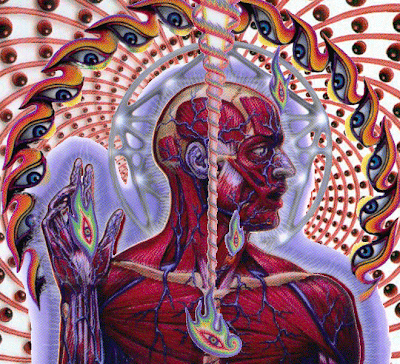 Parallel universes really do exist, according to a mathematical discovery by Oxford scientists described by one expert as “one of the most important developments in the history of science“.
Parallel universes really do exist, according to a mathematical discovery by Oxford scientists described by one expert as “one of the most important developments in the history of science“. The parallel universe theory, first proposed in 1950 by the US physicist Hugh Everett, helps explain mysteries of quantum mechanics that have baffled scientists for decades, it is claimed.
In Everett’s “many worlds” universe, every time a new physical possibility is explored, the universe splits. Given a number of possible alternative outcomes, each one is played out - in its own universe.
A motorist who has a near miss, for instance, might feel relieved at his lucky escape. But in a parallel universe, another version of the same driver will have been killed. Yet another universe will see the motorist recover after treatment in hospital. The number of alternative scenarios is endless.
It is a bizarre idea which has been dismissed as fanciful by many experts. But the new research from Oxford shows that it offers a mathematical answer to quantum conundrums that cannot be dismissed lightly - and suggests that Dr Everett, who was a Phd student at Princeton University when he came up with the theory, was on the right track.
Commenting in New Scientist magazine, Dr Andy Albrecht, a physicist at the University of California at Davis, said: “This work will go down as one of the most important developments in the history of science.”
According to quantum mechanics, nothing at the subatomic scale can really be said to exist until it is observed. Until then, particles occupy nebulous “superposition” states, in which they can have simultaneous “up” and “down” spins, or appear to be in different places at the same time.
Observation appears to “nail down” a particular state of reality, in the same way as a spinning coin can only be said to be in a “heads” or “tails” state once it is caught.
According to quantum mechanics, unobserved particles are described by “wave functions” representing a set of multiple “probable” states. When an observer makes a measurement, the particle then settles down into one of these multiple options.
The Oxford team, led by Dr David Deutsch, showed mathematically that the bush-like branching structure created by the universe splitting into parallel versions of itself can explain the probabilistic nature of quantum outcomes.
| |





































No comments:
Post a Comment